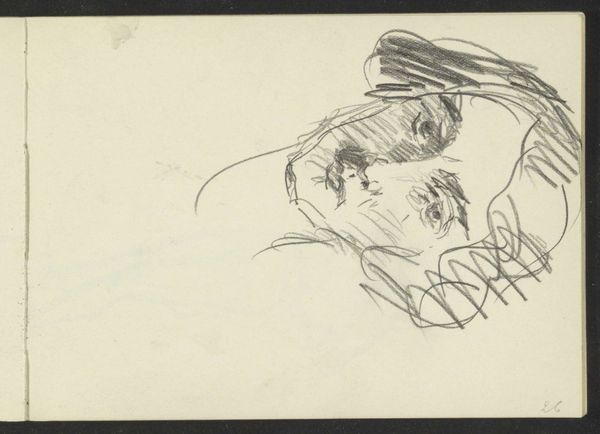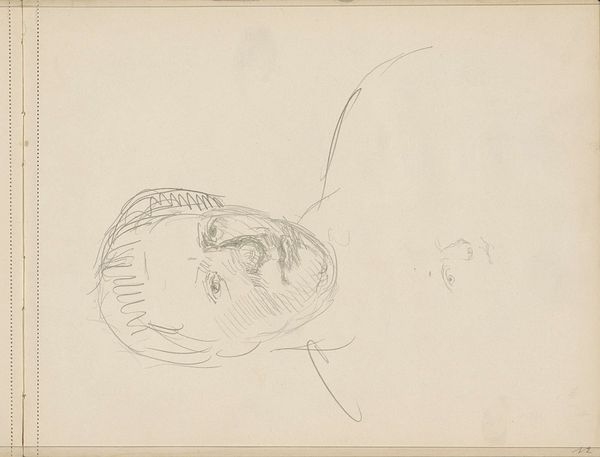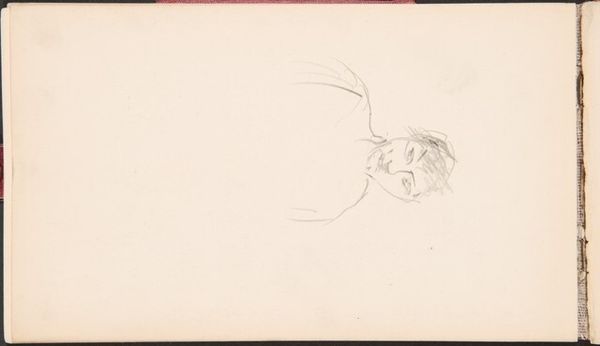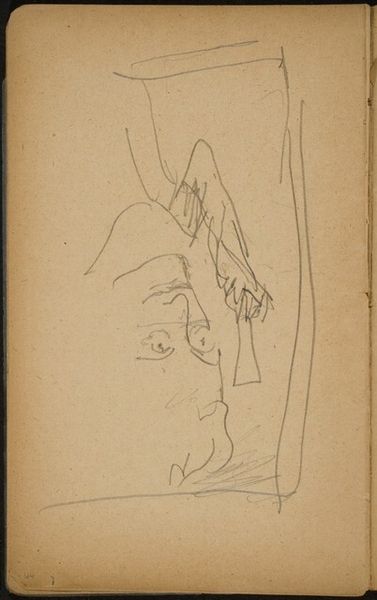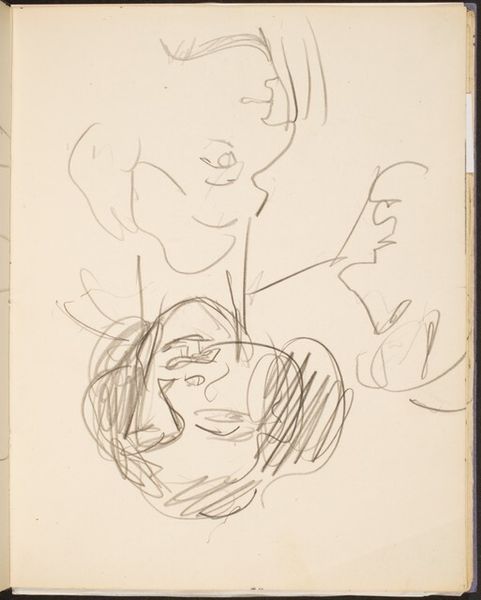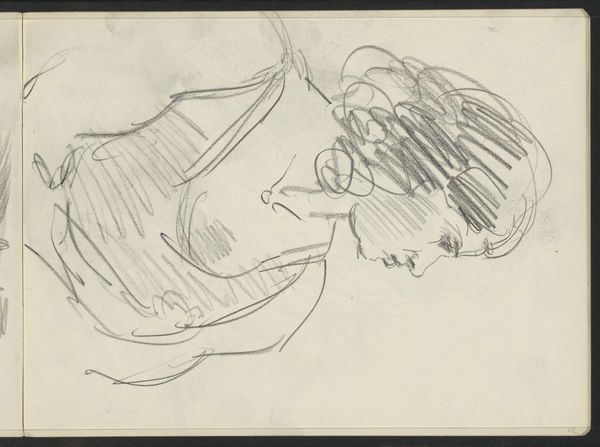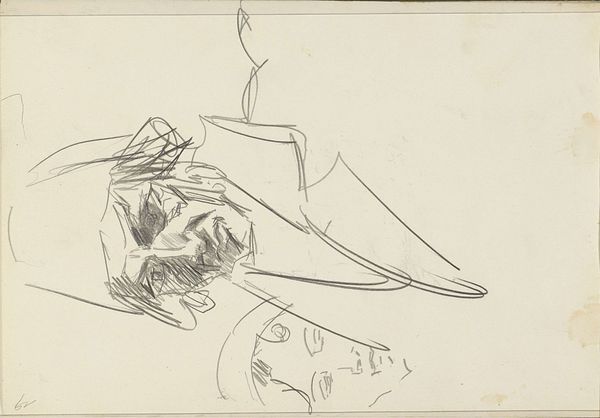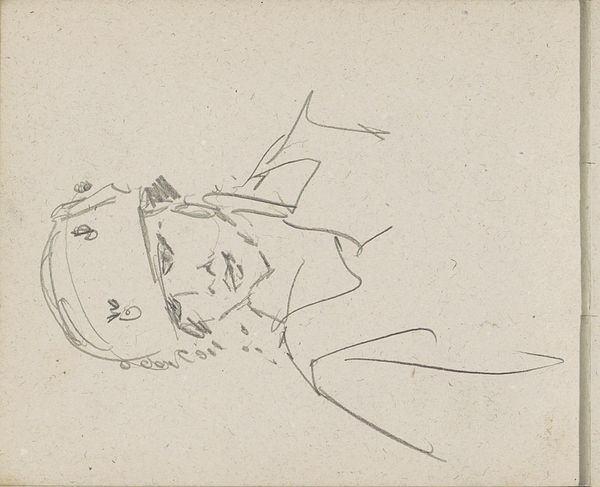![Männliche Bildnisstudie (Male Portrait Study) [p. 31] by Max Beckmann](/_next/image?url=https%3A%2F%2Fd2w8kbdekdi1gv.cloudfront.net%2FeyJidWNrZXQiOiAiYXJ0ZXJhLWltYWdlcy1idWNrZXQiLCAia2V5IjogImFydHdvcmtzLzBlMjk3OTBiLWYzN2MtNDgxMi04YjNjLTQ0ZDlmOWVjMmU5My8wZTI5NzkwYi1mMzdjLTQ4MTItOGIzYy00NGQ5ZjllYzJlOTNfZnVsbC5qcGciLCAiZWRpdHMiOiB7InJlc2l6ZSI6IHsid2lkdGgiOiAxOTIwLCAiaGVpZ2h0IjogMTkyMCwgImZpdCI6ICJpbnNpZGUifX19&w=1920&q=75)
drawing, paper, pencil
#
portrait
#
drawing
#
ink drawing
#
figuration
#
paper
#
pencil
#
expressionism
Dimensions: sheet: 11 x 20.5 cm (4 5/16 x 8 1/16 in.)
Copyright: National Gallery of Art: CC0 1.0
Max Beckmann made this male portrait study in pencil at an unknown date. It is a quick sketch, but the intensity in the eyes betrays the artist's expressionistic style. Beckmann lived in Germany through World War I and the interwar period, during which time he became a leading figure in the New Objectivity movement. This style, influenced by both Expressionism and Dada, rejected romantic idealism in favor of direct and unsparing portrayals of real life. It was a critical and politically engaged art form. The Nazis labelled Beckmann a 'degenerate' artist, banning him from teaching and removing his works from German museums. In 1937, the day after Hitler's infamous 'Degenerate Art' exhibition opened, Beckmann fled to Amsterdam. Art historians can only speculate about the subject of this sketch and the time it was made. What is clear is that, by its style, it belongs to an artistic moment that challenged the conservative cultural institutions of its day. To know more, we need to consult archives, letters, and other historical documents that shed light on Beckmann's life and work.
Comments
No comments
Be the first to comment and join the conversation on the ultimate creative platform.

